FDA Spins China Narrative as It Seizes U.S.-Made Vapes With Pending Applications
U.S. regulators announced their largest-ever federal seizure of unauthorized e-cigarettes, confiscating 4.7 million devices valued at $86.5 million at the Port of Chicago. The joint enforcement action, led by the Food and Drug Administration (FDA) and U.S. Customs and Border Protection (CBP), marks a dramatic escalation in the federal crackdown on vaping products.
Officials claimed most of the shipments originated in China, arriving with misleading customs declarations and undervalued invoices meant to slip through inspections. But the reality is very different: 90% of the seized products were U.S.-made, from American companies, not overseas. Even more troubling, most of these products had pending PMTAs that have been languishing at FDA for 3–5 years without action. And among the remaining 10% of seized items, almost all had PMTAs submitted as well—yet the agency has refused to act on those applications too.
To date, the FDA has authorized only 39 e-cigarette products—nearly all owned by Big Tobacco. That leaves the majority of small and independent companies in regulatory limbo, vulnerable to raids and seizures despite following the application process.
A Multi-Pronged Crackdown
The Chicago port seizures came just a day after federal agents raided Illinois-based distributor Midwest Goods Inc., hauling away truckloads of flavored disposables and nicotine liquids in one of several coordinated raids nationwide. Attorney General Pam Bondi claimed the products were marketed to kids with “candy-like names and patriotic packaging.”
FDA Commissioner Marty Makary emphasized that enforcement at the border is now a top priority:
“If a product has not been authorized by the FDA, CBP will seize, detain or destroy it.”
So far this year, the FDA and CBP have blocked over 6 million illegal e-cigarette units worth more than $120 million. Officials also warned importers against “port shopping”—trying to sneak shipments through alternate U.S. entry points—and sent compliance letters to 37 companies involved.
See the Midwest Goods press release here.
The Politics Behind the Headlines
At the press conference, HHS Secretary Robert F. Kennedy, Jr. said the operation was about protecting children:
“We will never allow foreign actors to threaten the health of America’s children.”
But here’s the hypocrisy: Kennedy himself uses ALP nicotine pouches, which—like nearly all nicotine pouch brands on the U.S. market—do not have FDA authorization. If the FDA were truly consistent, the same standard would apply across all nicotine categories.
Even more concerning, officials cited an inaccurate youth vaping statistic during the announcement, claiming an epidemic of underage use. The CDC’s latest National Youth Tobacco Survey data tells a different story: youth vaping has dropped nearly 70% since its peak in 2019.
In 2019, more than 27% of high school students reported current e-cigarette use. By 2024, that number had fallen to 7.7%, with middle school use at just 2.6%. Those declines are historic—yet federal officials continue to paint vaping as a growing crisis.
What It Means for the Market
This enforcement wave highlights several realities:
- Consolidation of the market: With only 39 FDA-authorized products, almost all from Big Tobacco, independent brands are effectively locked out.
- Rising enforcement risk: Even products with PMTAs pending for years are being seized, proving compliance alone is no safeguard.
- Misleading public narrative: Officials continue to overstate youth vaping and falsely frame seizures as targeting “foreign” goods, when most of the products were American-made.
- Policy contradictions: Regulators destroy vape products for lacking FDA approval while top officials personally use non-authorized nicotine products.
The Vapor Technology Association (VTA) underscored this reality, pointing out that 90% of the products seized in Illinois were U.S.-made open-system e-liquids, not Chinese imports as officials claimed. Many of these had PMTAs pending for 3–5 years, while almost all of the remaining 10% also had submitted applications that the FDA has refused to act on. VTA called the raids a direct threat to the independent U.S. vaping industry, urging companies to remain united and signaling readiness to take legal action against the FDA—just as it successfully fought back against a national flavor ban in 2019.
You can support VTA in this fight here.
Final Thoughts
The largest seizure in federal history shows just how aggressively the FDA and CBP are moving to reshape the U.S. vaping landscape. But the truth doesn’t match the headlines: most of the seized products were made in America, sold by U.S. companies, and backed by PMTA applications the FDA has refused to review.
The double standard remains glaring: while American-made vapes are seized and destroyed, unauthorized nicotine pouches—including those favored by senior officials—remain untouched. Meanwhile, youth vaping is down 70% since 2019, according to the CDC.
The real question isn’t whether enforcement is tough enough—it’s whether regulators are applying the rules fairly, following the science, and being honest with the American public.

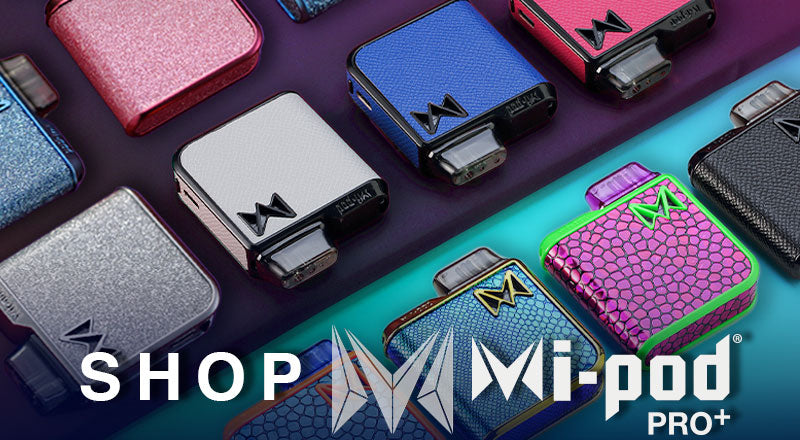
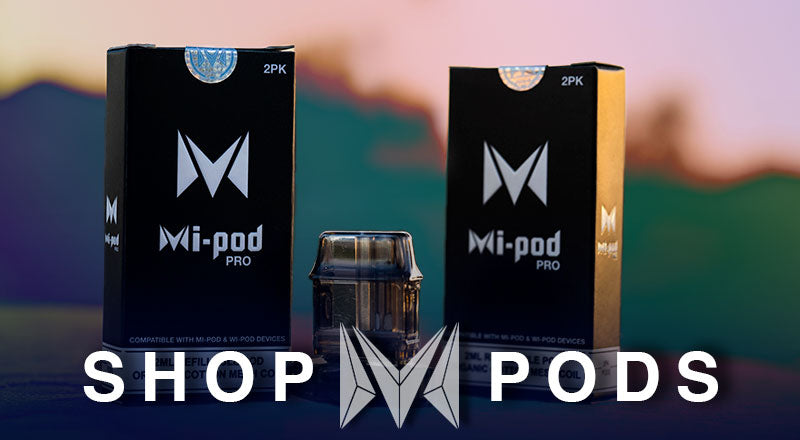
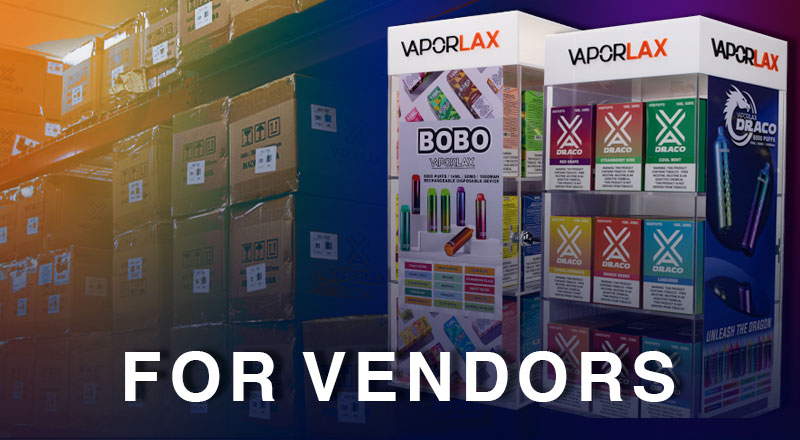


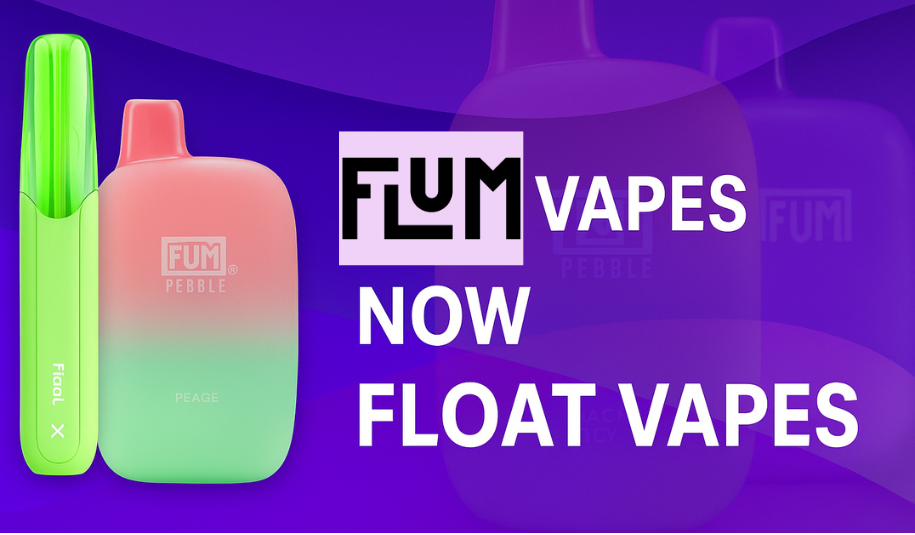
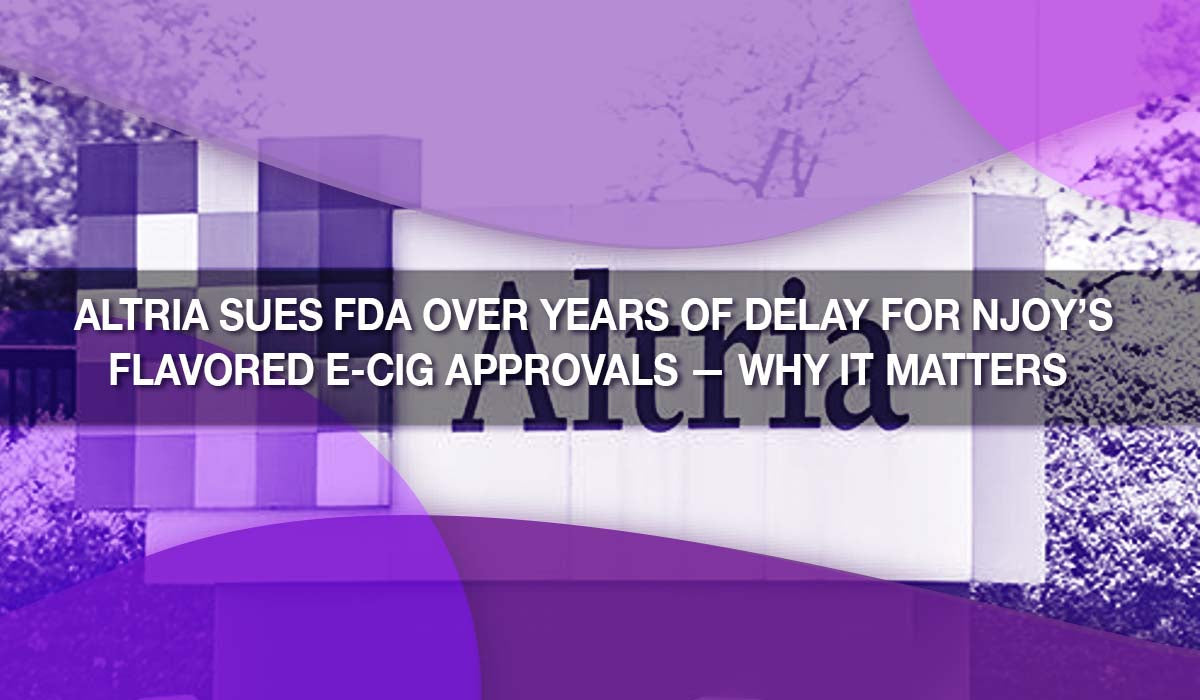
Leave a comment
This site is protected by hCaptcha and the hCaptcha Privacy Policy and Terms of Service apply.